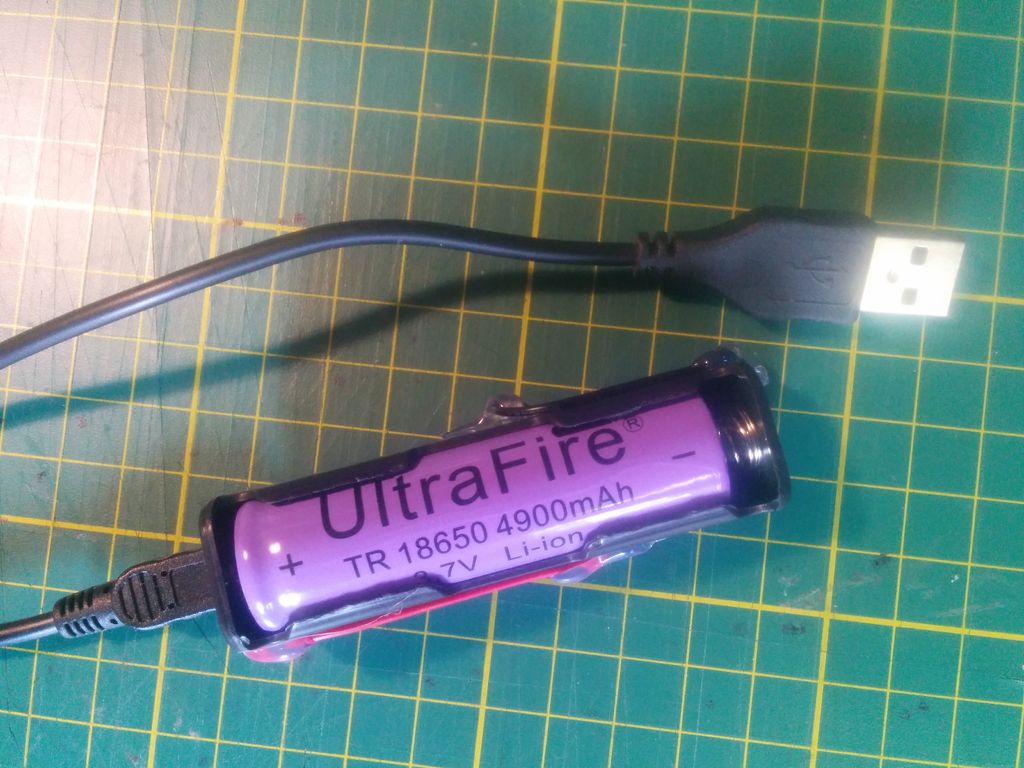
We all know that there a lot of ways to extend charge times on our devices, such as killing certain apps or disabling data when not needed. However, did you also know that there are things that we can do to extend the longevity of our batteries as well? Batteries are designed to last through a specified number of charge cycles, and many will start to fail soon after this threshold is reached. Consequently, reducing the number of cycles can dramatically extend the life of batteries in your devices, and here are a few tips that can help.
Temperatures
While batteries are designed to remain stable at a broad temperature range, from about -10 to 90 degrees Fahrenheit, they can quickly lose their capacity and ability to hold a charge if exposed to big fluctuations. Try to protect your device from extremes, and keep them out of direct sunlight when possible. This single step alone can add a year or more to the life of a battery. On the other hand, even a few weeks of temperature variations over the course of a year can reduce capacity by half.
Full vs Partial Charge
The general consensus is that you should try to avoid draining your battery before recharging whenever possible. Partial recharge cycles are not as taxing on batteries as full ones, and you can easily double the life of your battery by charging it up once it falls around 30%. Some also suggest that you shouldn’t fully-charge batteries every time, and it’s best to avoid keeping the device plugged in after a battery has reached capacity.
Chargers Matter
Not every charger is the same, and it’s important to only use ones that have been specifically-designed for your device. A lot of knock-off chargers do not produce a consistent current, and these fluctuations damage cells. Additionally, some generic chargers are known to not shut-off properly once the batteries are full. While a battery can’t absorb more energy than it’s designed to hold, being exposed to a continual flow of electricity can damage components and increase the risk of dangerous malfunctions.
It’s also best to avoid using fast-chargers when possible. While a couple of quick charges will not cause damage in most cases, the same can’t be said if you’re doing it on a regular basis. Cells are designed to receive electricity at a specified, standard rate, and exceeding this rate can cause them to fail.
Storage
If you are storing batteries or devices over the long-term, charge them about halfway beforehand. This is thought to place less stress on the battery and actually slow the discharge rate over time. It’s also good to power up devices every few months and top-off the charge as necessary as well. Make sure that you store batteries or devices at temperature ranges specified by the manufacturer in order to protect them as well.
Finally, make sure that you keep your device powered off when possible, and don’t keep it plugged in all of the time.
Following these simple steps can easily double or triple your battery life, and this can be worth its weight in gold now as well as during a crisis or survival situation. Get in the habit of taking care of your batteries, and your batteries will be less-likely to fail at the worst possible time.